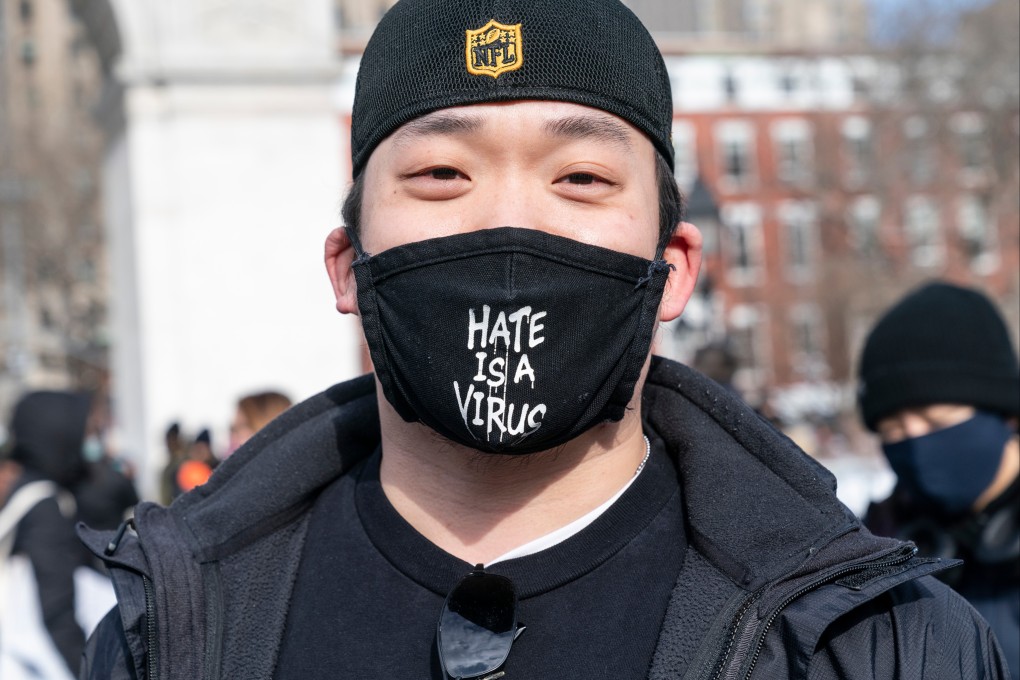When you witness discrimination don’t stand by, take action – like the teen who filmed George Floyd’s death – says Hong Kong NGO promoting bystander intervention
- When an elderly Asian-American woman was attacked on a New York street, bystanders did nothing. A Hong Kong NGO is promoting bystander intervention
- The idea is to empower people to take action against and call out acts of harassment and discrimination, like the teen in the US who filmed George Floyd’s death

In March 2021, a video showing an Asian-American woman being brutally attacked in New York went viral. The 65-year old, on her way to church, was punched and kicked to the ground in the vile midday attack in Manhattan.
Hate crimes against Asian-Americans and Pacific Islanders (AAPI) have risen dramatically since the start of the coronavirus pandemic, which first emerged to infect people in Wuhan, China. US advocacy group Stop AAPI Hate logged almost 3,800 incidents against Asian-Americans and Pacific Islanders from March 2020 to February 2021.
What made the attack in New York particularly shocking was the failure of bystanders to intervene.
Bystander intervention – the act of stepping in where there is a problem, rather than assuming someone else will help – applies to many situations, from workplace harassment to school bullying.
Hong Kong NGO worker Vincy Chan says most of us have probably been in situations where we wish we had said or done something, but failed to act.
“Moments of injustice are often fleeting,” says Chan. “Maybe it’s a racist comment our parents made, a stare from a stranger, a backhanded compliment that seemed innocuous … They come at us so quickly we don’t have time to react.”